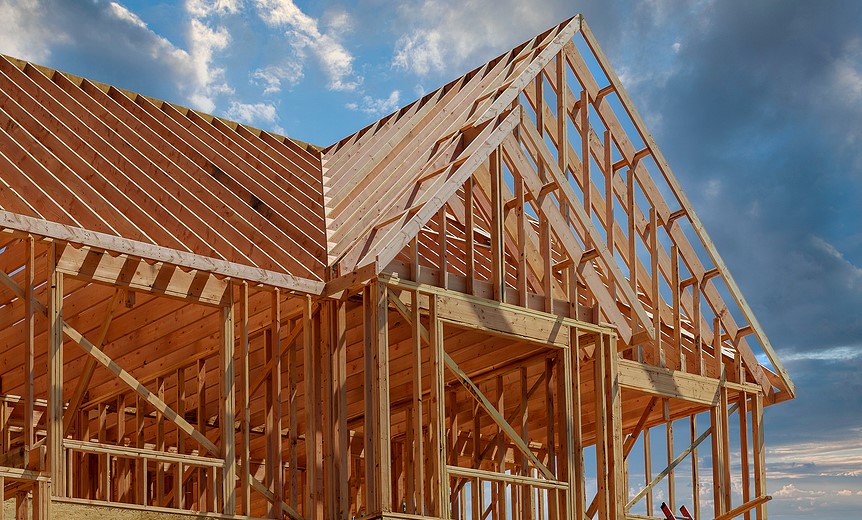News
New Approach To Drainage To Reduce Flood Risks
The government has announced that sustainable drainage systems will be made mandatory in new developments across England in a bid to reduce flooding and pollution around the country.
Part of the problem with new-build developments is that they can inadvertently increase surface and sewerage flood risk by covering permeable surfaces such as soil and grassland in paving and concrete, which means that surface water runoff increases during periods of intense and heavy rainfall.
The move to prioritise sustainable urban drainage for new builds comes after a government review into how best to go about managing water resources in an integrated way, shoring up water supplies, protecting the environment and anticipating and mitigating climate change risks of flooding and drought.
In particular, it is key to prevent drainage infrastructure from becoming overwhelmed, given the environmental implication of storm overflow discharges… a topic that has been hitting the headlines with increasing frequency over the last few years or so.
By focusing on sustainable drainage systems, the impact of rainfall on new developments can be reduced, with features included such as grassed areas, soakaways, wetlands and permeable surfaces. This will drive down the amount of water that goes into the sewerage system and, consequently, reduce storm overflow discharges as a result.
Other features like water butts and water tanks can be installed to encourage water harvesting and reuse to ease pressure on water resources even further.
Following the review, regulations and processes for these sustainable systems will be devised through implementation of Schedule 3 of the Flood and Water Management Act, which is expected to take place next year.
Rebecca Pow, environment minister, said: “Our traditional drainage systems are under increasing pressure from the effects of climate change, urbanisation and a growing population.
“The benefits of sustainable drainage systems are many – from mitigating flood risk by catching and storing surplus water and reducing storm overflow discharges, to enhancing local nature in the heart of our developments and helping with harvesting valuable rain water.
“Taking a more consistent and effective approach to sustainable drainage systems will improve the resilience of our drainage and sewer infrastructure, while reaping these broader benefits.”
The benefits of sustainable urban drainage systems (or SuDS for short) include improved flood risk and water quality management, as well as improved biodiversity and ecology, better air quality, improved building temperatures and carbon reduction and sequestration, among others.
The idea behind these systems is that they mimic natural drainage processes as much as possible to reduce the quality and quantity of surface water runoff from developments, thereby driving amenity and biodiversity benefits.
Businesses keen to reduce their water footprint could make significant inroads in this regard by investing in SuDS across their premises.
There are many ways in which organisations across all sectors and in all industries can become more water efficient – and this is something that the H2o Building Services team can certainly help with. Get in touch with us today to find out more.
